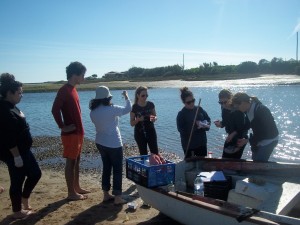Ringing at Cruzinha
Ringing consists of identifying individual birds by placing a small ring around one of their legs.
The ring becomes a kind of “identity card” for the bird and it contains various types of information such as the name of the umbrella ringing organization in Portugal, its location and a string of letters and numbers. Some biometric measurements are taken, such as the wingspan, feather length, size of beak and weight. The type, condition, sex, age, amount of stored fat and muscle development details of the captured bird are also recorded.
Throughout this process, the bird ringer ensures that the bird is safe. It is then released and can continue to live in a normal way. This study allows us to study the migration routes, geographical distribution, longevity, mortality, fluctuation in population, morphology and behavior of birds.
A ROCHA started its bird ringing program in 1987 and, with the help of more than 300 bird ringers from all over the world, we have ringed more than 80,000 birds.
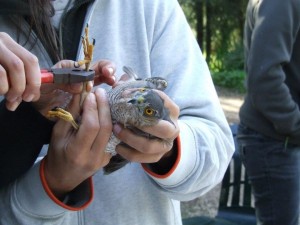
Counting waders
The Alvor Estuary is an important stopping place for a large number of waders and also a nesting place for some of them. The monitoring of these birds gives us information on the seasonal variation and the quality of the ecosystem itself.
Every 15 days, an A ROCHA team counts the number of waders during full tide in a pre-defined transect. We use a telescope to observe and record the number of individual birds and their species. The data is added to a database for further analysis.
This study helps us understand how these birds use the marshes, especially during migration and in the winter season. Any changes in they way the species behave are recorded during the study, as well as changes in the number of individual birds and in the biodiversity found in each of the marshes.
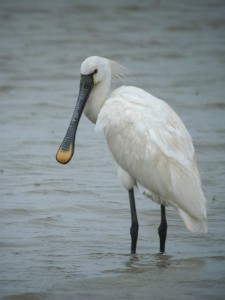
Alvor Estuary Bird Logbook
We monitor the birds found in the Alvor Estuary every week, along a predetermined transect.
Details of the observed birds or their calls are recorded on a database for further analysis. Any changes in the phenology, distribution, numbers or types of species are also recorded as this helps us prepare an annual report with all this information.
We keep the relevant authorities informed when less common species are found in the area, when their numbers are high and when rare species are found.
The monitoring program that we carry out at the Alvor Estuary is one of the longest running in Portugal. We collect very useful information about changes in the use of the landscape and even weather changes.
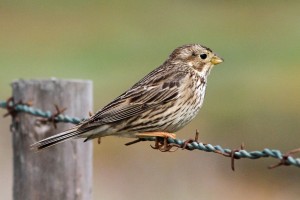
Lepidoptera in the Alvor Estuary
We have been monitoring diurnal and nocturnal butterflies since 1991, having recorded 22 species of diurnal butterflies and about 600 species of nocturnal butterflies in Western Algarve.
In the past, diurnal transects took place along predefined paths but, unfortunately, they are now on private land and inaccessible places.
The current monitoring program consists of placing traps for nocturnal butterflies in selected locations on a regular basis. This is done weekly at the A ROCHA Study Center at Cruzinha and monthly in habitats of the Alvor Estuary, such as marshes, dunes and farmland.
Due to their position in the food chain and their importance as pollinators, the study of insects, butterflies in this case, is essential in helping us understand and manage habitats at the Alvor Estuary.
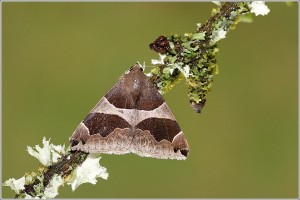
Study of the Little Owl population at the Alvor Estuary
Even though the Little Owl Athene noctua is widely found in Europe, Asia and North Africa, we are witnessing a decline in their populations in many countries. The reasons for this decline are mainly associated with changes in their habitats, caused by changes in land use.
This is one of the species monitored by A ROCHA and, according to a study carried out in 2003, the population found in the Alvor Estuary was well above the European average. In 2005 a detailed study of the Litte Owl population was carried out at the Alvor Estuary and the same was also done in 2014. The methodology was based on the estimated population, defining areas occupied by males of this species, based on observation and listening to their calls.
The findings of the 2005 study show us that the high population density at the Alvor Estuary is related to the existence of linear structures such as poles, hedges and walls, lined trees and the presence of dilapidated buildings in a context of extensive farming, which provide a good provision of food and higher reproductive rates.
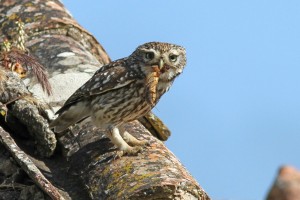
Water quality study at the Alvor Estuary
A ROCHA was responsible for monitoring water quality at the Alvor Estuary in 2003 and this was done again in 2012. Physical, chemical and biological aspects were studied in 13 locations of the hydrographic network of the Alvor Estuary.
The main conclusion is that, according to the standards set by the Water Framework Directive, water quality in the Alvor Estuary can be classified as “good”. These findings are very important because of the economic and recreation importance of the site for the local population. This makes the estuary an attractive location for tourism and regional development. Monitoring should be performed periodically in order to help us identify potential threats and ensure the same quality is maintained so that everyone can continue to enjoy this estuary in the coming years.
